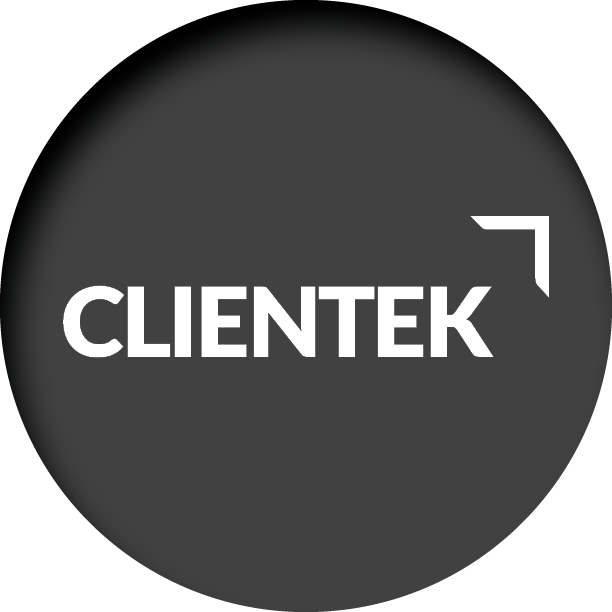The first half of 2020 was a tumultuous and white-knuckle time for most of us. As we begin to see renewed demand, it is interesting to note the kinds of projects and engagements that are being funded. I’ve begun to characterize it as “planned innovation”.
Every enterprise has a regular churn of routine projects; system upgrades, compliance adjustments, adoption of newer back-end technology, updated reports, and many others – needed to keep the business running. During the slowdown of 1H20, outsourcing demand for these projects dropped, but didn’t go to zero. Projects that represent innovation, especially those with higher risk profiles, virtually disappeared.
We saw our clients shift those projects into more of a “think and discuss” approach. Priorities were reexamined and risks were reevaluated. As painful as 1H20 was, it created this opportunity to consider innovation more carefully. The weaker ideas were dropped. The better ideas were elevated. A true plan for purposeful and planful innovation emerged.
We now see more pilot and proof-of-concept projects than ever before. These opportunities are brought to us with clearer timelines, better definitions of success, and a greater willingness to abandon ideas that prove to be uneconomical or impractical after initial trials.
Projects that began as “we just need to try it” have now become a more careful “let’s make sure this idea holds up”. Innovation, by name, implies all-new, probably risky, and somewhat disruptive, change. All our clients are looking for opportunities to jump ahead of their competition, and now, most have prioritized those ideas to the front.
This change in approach has caused us to do the same within our own organization. We are looking for ways to increase efficiency internally and pass that on to our clients through better pricing and faster time-to-market. Doing so in a planful and considered way, and not the often reactive, knee-jerk fashion that becomes disruptive. I think we and our clients have learned a better and more planful way to innovate.
I certainly do not want to repeat 1H20 any time soon…or ever. But I am happy to take away the positives and use this experience to become a better company.


